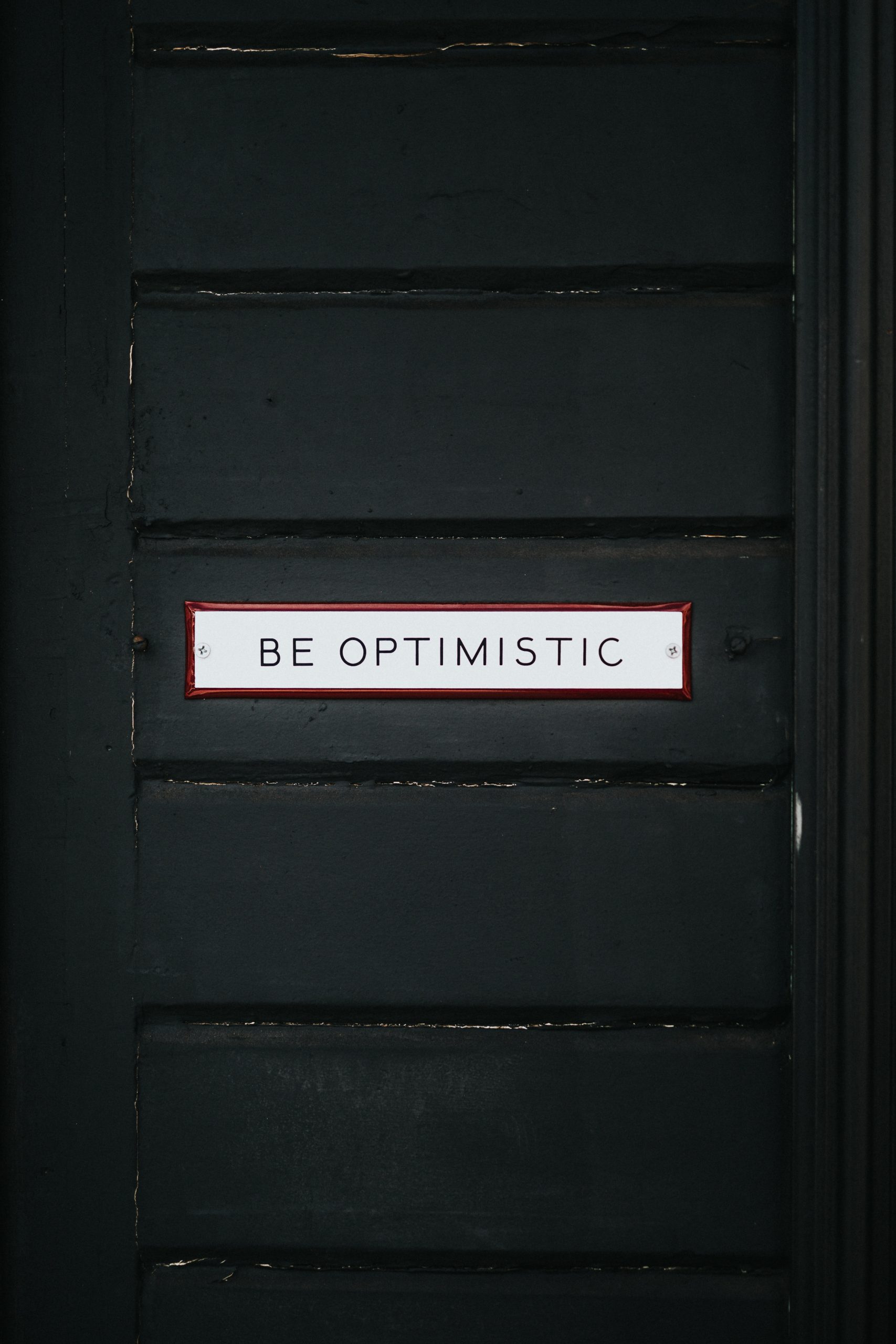What Is the Moon Chart?
Have you ever looked up at the night sky and been mesmerized by the radiant glow of the moon? The moon has captivated humans for centuries with its mystical allure, and throughout history, people have sought to understand and track its movements. One tool that has been instrumental in this pursuit is the moon chart.
Understanding the Moon Chart
A moon chart, also known as a lunar chart or moon phase chart, is a visual representation of the moon’s phases throughout a specified period. It provides invaluable information about the moon’s position in its orbit as well as its shape and illumination at any given time. By observing and analyzing the moon chart, astronomers, astrologers, and enthusiasts gain insights into various lunar phenomena.
The Importance of Moon Phases
The moon goes through different phases as it orbits around the Earth. The primary moon phases, which are widely recognized, include the new moon, first quarter, full moon, and last quarter. These distinct phases occur due to the changing positions of the Earth, moon, and sun in relation to one another.
The moon chart allows us to track and predict these phases, which are significant for a multitude of reasons.
Astronomy
For astronomers, the moon chart serves as a valuable tool for planning observations, studying celestial events, and predicting phenomena like eclipses. By knowing the exact phase of the moon, astronomers can determine when it will be at its brightest or darkest, providing optimal conditions for observing stars and galaxies without the interference of moonlight.
Astrology
Astrologers consult the moon chart to gain insights into the moon’s influence on human behavior and emotions. In astrology, the moon is associated with our feelings, instincts, and subconscious. As the moon transitions through different phases, it is believed to impact our moods, energy levels, and overall well-being. Astrologers use moon charts to interpret these influences and make predictions about personal and collective experiences.
Fishing and Farming
For those in fishing and farming communities, the moon chart plays a vital role in determining the best times for planting, harvesting, and fishing. Certain moon phases are thought to affect tides, water currents, and animal behavior, influencing the success and yield of these industries. By consulting moon charts, farmers and fishermen can optimize their operations and increase their chances of a bountiful harvest or catch.
Interpreting a Moon Chart
The moon chart typically consists of a circular diagram with the moon’s phases displayed along the circumference. Some moon charts also include additional information such as lunar eclipses, apogee, perigee, and moonrise and moonset times.
Understanding how to interpret a moon chart requires familiarity with the moon’s phases. Here’s a breakdown of the primary phases and their representations on a moon chart:
- New Moon: During this phase, the moon is not visible from Earth as the sun illuminates the side not facing us. On a moon chart, the new moon is represented by an empty circle or a completely black circle.
- Waxing Crescent: The moon starts to become more visible as a small sliver or crescent shape. On a moon chart, this phase is depicted by a small section filled in or shaded.
- First Quarter: At this stage, half of the moon is visible from Earth, appearing as a right-side illuminated hemisphere. On a moon chart, it is represented by a half-circle.
- Waxing Gibbous: The moon continues to grow in illumination, with more than half of its surface visible. On a moon chart, this phase is represented by a nearly complete circle, with a small section left blank.
- Full Moon: The entire face of the moon is illuminated and visible from Earth. On a moon chart, the full moon is depicted by a solid, fully shaded circle.
- Waning Gibbous: The moon’s illumination begins to decrease, with a majority of its surface still visible. On a moon chart, this phase is represented similarly to waxing gibbous but with the shaded section on the opposite side.
- Last Quarter: As with the first quarter, half of the moon is visible, but in this phase, the left side is illuminated. On a moon chart, it is represented by a half-circle on the opposite side from the first quarter.
- Waning Crescent: The moon becomes a thin sliver or crescent, barely visible from Earth. On a moon chart, this phase is depicted by a small section filled in or shaded, but on the opposite side from the waxing crescent.
Conclusion
The moon chart is a powerful tool that enables us to track and understand the moon’s phases. Whether you’re an astronomer, astrologer, or someone interested in the moon’s influence on daily activities, the moon chart has something to offer. Through its detailed visual representation, the moon chart allows us to appreciate the moon’s ever-changing beauty while providing insights into its relationship with the Earth and the cosmos.
So, next time you find yourself gazing up at the night sky, take a moment to contemplate the intricate dance of the moon and consult a moon chart to deepen your understanding of this celestial wonder.
Table of Contents
